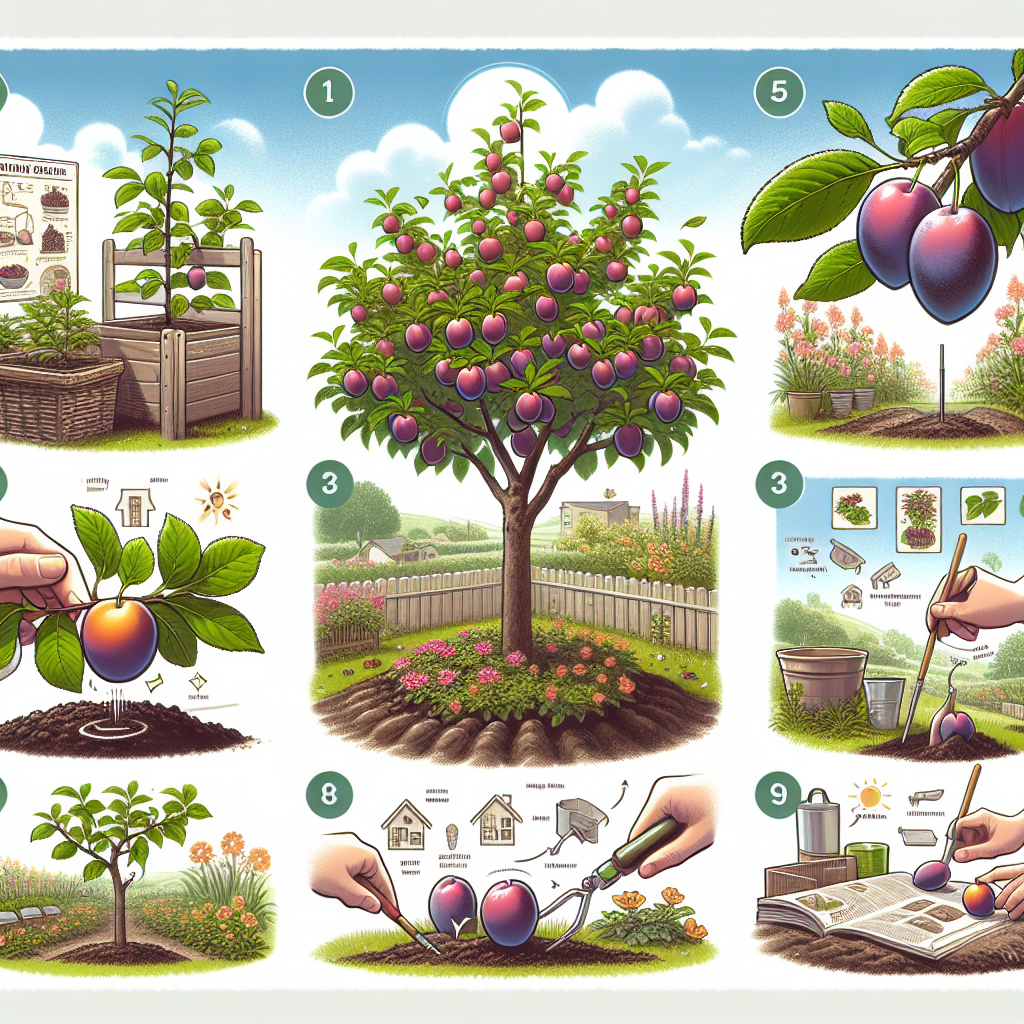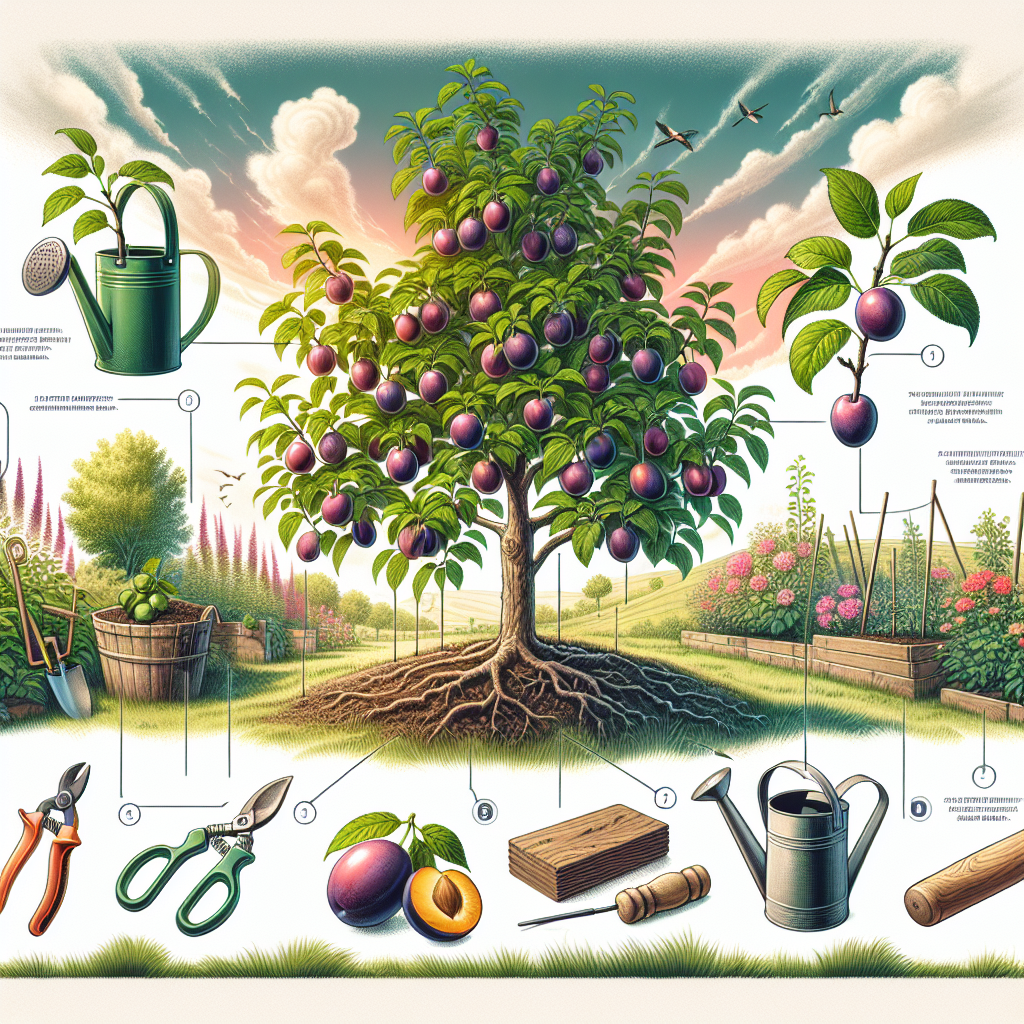Ultimate Guide: Growing Plums in Your Home Garden
Are you a fan of plums? Do you enjoy the sweet and juicy taste of these delectable fruits? If so, why not consider growing your own plums in your home garden? Not only will you have a never-ending supply of fresh and organic plums, but you’ll also experience the satisfaction of nurturing and harvesting your own fruit. In this ultimate guide, we will walk you through the steps to successfully grow plums in your home garden.
Choosing the right plum variety:
The first step in growing plums is selecting the right variety for your climate and personal preferences. There are numerous types of plums available, such as European plums (Prunus domestica), Japanese plums (Prunus salicina), and even hybrid varieties that combine the qualities of both. Research and consult local experts to determine which plum variety is best suited to your region’s climate.
Preparing the soil:
Plum trees thrive in well-drained soil with a pH level between 5.5 and 6.5. Before planting, ensure that your soil is rich in organic matter by amending it with compost or well-rotted manure. This will provide essential nutrients for healthy tree growth.
Planting the plum tree:
The ideal time to plant plum trees is during late winter or early spring when they are dormant. Dig a hole that is wide enough to accommodate the root ball without bending or crowding the roots. Place the tree in the hole, making sure it is at ground level, and backfill with soil. Water thoroughly after planting to settle the soil around the roots.

Pruning and training:
Regular pruning is crucial for maintaining an optimum plum tree shape and ensuring good air circulation within its branches. Pruning should be done during late winter or early spring before new growth begins. Remove any dead, damaged, or diseased branches, as well as any branches that are crossing or rubbing against each other. Train your plum tree to a central leader system or an open center system, depending on the desired shape and size.
Watering and fertilizing:
Plum trees require consistent watering, especially during dry spells. A good rule of thumb is to provide 1-2 inches of water per week. Mulching around the base of the tree will help retain soil moisture and suppress weed growth. Additionally, fertilizing your plum tree in early spring with a balanced organic fertilizer will promote healthy growth and fruit production. Avoid over-fertilizing, as excessive nitrogen can result in excessive vegetative growth at the expense of fruiting.
Protecting against pests and diseases:
Like any fruit tree, plums are susceptible to various pests and diseases such as aphids, plum curculio, brown rot, and black knot. Regularly inspect your trees for signs of infestation or disease and take appropriate measures to mitigate the problem. This may include using organic insecticidal soaps or neem oil for pest control or applying copper fungicides for disease prevention.
Harvesting ripe plums:
The most exciting part of growing plums is harvesting the juicy fruits when they are ripe for picking. Depending on the variety, plums usually ripen from late summer to early fall. Gently twist or softly tug on the fruit; if it easily separates from the stem with a slight twisting motion, it is ready for harvest. Plums should be stored in a cool place or refrigerated to maintain their flavor and freshness.
In conclusion, growing plums in your home garden can be a rewarding experience that allows you to enjoy fresh and delicious fruits right at your doorstep. By selecting the right variety, preparing the soil adequately, planting correctly, pruning regularly, providing proper water and nutrients, protecting against pests and diseases, and harvesting at the right time; you’ll be well on your way to a successful plum harvest. So why wait? Get started on growing plums and enjoy the delights of homegrown fruit!













